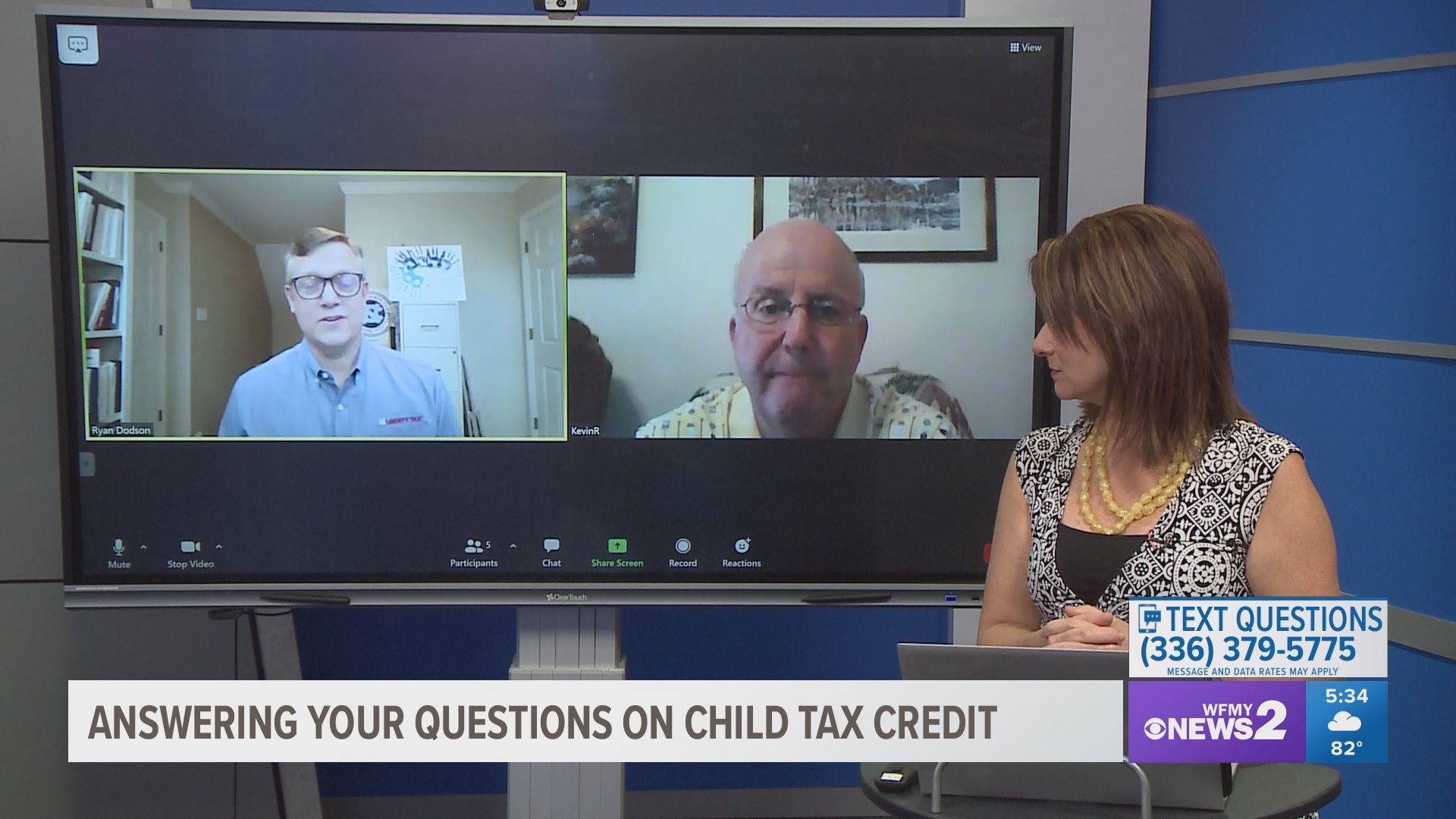The October installment of the advanced child tax credit payment is set to start hitting bank accounts via direct deposit and through the mail this week.
The credit is $3,600 annually for children under age 6 and $3,000 for children ages 6 to 17. Eligible families who did not opt-out will receive $300 monthly for each child under 6 and $250 per older child.
The payments are scheduled to arrive on the 15th of each month except on weekends, so the October payment is set to arrive Friday. The payments are going out to tens of millions of Americans, so don't be surprised if it takes a day or two to show up.
Some families got their September payments late. The IRS pointed to a "technical issue" that it said primarily affected people who recently updated their bank account information or address at Child Tax Credit Update Portal online. The IRS also said the problem affected payments to taxpayers who are married and file their taxes jointly, but only one spouse made a bank account or address change.
The deadline to make a change of bank account or address information for the October payment, or to opt out of this month's payment, was Oct. 4.
My payment was issued, but I didn't get it. What do I do?
The IRS website said you can request a payment trace to track your payment, but only after one of these time frames has elapsed.
- 5 days since the direct deposit date and the bank says it hasn't received the payment.
- 4 weeks since the payment was mailed by check to a standard address.
- 6 weeks since the payment was mailed, and you have a forwarding address on file with the local post office.
- 9 weeks since the payment was mailed, and you have a foreign address.
To start a trace, complete Form 3911 and fax or mail it in. Instructions on where to send it are at the bottom of the form.
What is an "advanced" child tax credit?
In the past, eligible families got a credit after filing their taxes — either as a lump-sum payment or a credit against taxes owed. But now six months of payments, which started in July, are being advanced monthly through the end of the year. A recipient receives the second half when they file their taxes.
The benefits begin to phase out at incomes of $75,000 for individuals, $112,500 for heads of household and $150,000 for married couples. Families with incomes up to $200,000 for individuals and $400,000 for married couples can still receive $2,000, which is what it was before the amount was increased in March.
The expanded child tax credit, which was passed as part of the American Rescue Plan COVID relief bill, is set to lapse after a year, though President Joe Biden has proposed extending it through 2025 and would like it to be made permanent. Extending it is part of the discussion involving the $3.5 trillion reconciliation bill being negotiated in Congress.
If all the money goes out, the expectation is that could significantly reduce poverty — with one study estimating it could cut child poverty by 45%.

